Constituents of the Atom
Atoms are made up of protons, neutrons and electrons. Protons and neutrons make up the nucleus of an atom and can also be referred to as nucleons, whilst the electrons circle around the outside.
Protons: particles that carry the positive charge in the nucleus
Neutrons: particles with the mass almost identical to that of a proton, however they carry no charge
We can calculate the specific charge of an atom by diving it's charge in coulombs by its mass in kilograms. The units are C/kg
We represent the proton with the letter Z,
The nucleon number with the number A
Isotopes are atoms with the same number of protons, however they have different numbers of neutrons, and thus they differ in mass number, A.
Stable and Unstable Nuclei
The strong nuclear force: This is the force that keeps the atoms held together. It acts between nucleons - both protons and neutrons and is a short ranged attraction that acts between 3fm and 0.5fm. If the distance is any smaller, the force becomes strongly repulsive.
Alpha Radiation: During this process, 2 protons and 2 neutrons are shed from the nucleus and are emitted as an alpha particle (or sometimes notated as a Helium atom)
Beta Plus Decay: (this is not needed for AS Physics, but can be confused with beta minus decay) a proton decays into a neutron, and a positron and a neutrino are emitted instead.
Particles, Antiparticles and Photons
For every particle, it has a corresponding atom with the same mass, but has the opposite charge. For example
an electron has an antiparticle called a positron;
a proton has an antiproton;
a neutron has an antineutron;
and a neutrino has an antineutrino.
When one of these particles meets its antiparticle, annihilation occurs - the masses of both particles are converted into a pair of photons of electromagnetic radiation.
The opposite of this process is called pair production. This is when a particle and its antiparticle are formed from a photon of electromagnetic energy.
Pair production satisfies the conservation of charge, as a particle and its antiparticle are formed and the overall charge is zero.
Particles cannot be created unless there is enough energy. The minimum energy needed to create a particle is known as its rest energy, which depends on it's rest mass. We can calculate the rest energy with the equation:
where E represents the rest energy (joules) , m represents the rest mass (kg), and c is the speed of light (m/s).
The joule is the SI unit of energy, however it is too large to measure energy on an atomic scale, and thus we use the electron volt. We can convert this using:
We can convert this further using:
1 keV = 1000 eV
1 MeV = 1 000 000 eV
1 GeV = 1 000 000 000 eV
1 TeV = 1 000 000 000 000 eV
Electromagnetic waves come in discrete masses units called photons. These particles contribute to the particle properties of electromagnetic waves. We can calculate the amount of energy each photon has with the equation:
Particle Interactions
There are 4 fundamental forces:
Gravity - has an infinite range and acts on all particles. It has negligible influence and is the weakest of all the fundamental forces.
Electromagnetic force - acts on only charged particles, holds atoms and molecules together
Weak interaction (weak intermolecular force) - acts on all particles, but only over a small distance of about 10^(-18)m. It is responsible for radioactive decay.
Strong interaction (strong intermolecular force) - holds nuclei together and acts between hadrons, such as neutron and protons. It is short ranged acting around the distance of 10^(-15)m. It does not affect leptons, such as electrons.
Exchange particles: An exchange particle is a virtual particle which exists for a short period, and is the mediator of a force.
This idea of an exchange particle can be seen in one of 2 ways:
Repulsion - picture a ball being thrown between 2 people on ice skates. The force of the ball being thrown would cause one of the people to move backwards due to the impact, and the other person would move back upon catching the ball.
Attraction - picture the same situation as above, however imagine a boomerang in place of the ball, and that the people are facing outwards. In this case, the person throwing the boomerang would move towards the other person upon throwing the boomerang, and the other person would also move closer as they catch the boomerang.
The exchange particles which are transferred between fundamental particles are known as gauge bosons. Each fundamental force has it's on individual bosons.
We can represent each of these forces using a Feynman diagram.
Electromagnetic force - Virtual photons
Strong interaction - pions or pi mesons
Weak interaction - W+, W- or Z bosons

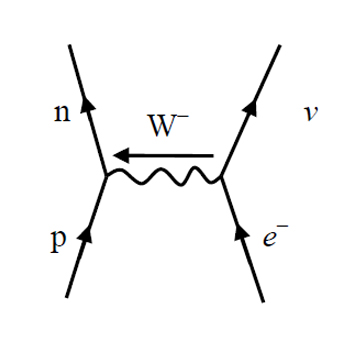
< 3 electron capture
4 electron-proton collision >
Classification of Particles
Hadrons are divided into 2 main groups - baryons and mesons. Baryons include protons and neutrons, whilst mesons include pions/pi mesons and K mesons/kaons. These are affected by the strong nuclear force.
The proton is the most stable baryon - all the other baryons will eventually decay, including the neutron.
Leptons are fundamental particles that have no internal structure and are not affected by the strong interaction, however they are subjected to the weak interaction. There are three negatively charged leptons - the electron, the muon and the tau particle. Each of these have an associated neutrino.
The conservation of charge means that the total charge after a reaction is the same as the total charge before the reaction.
There are some reactions allowed by charge conservation laws which have not been observed, as there are other conservation laws that take place, such as the conservation of baryon number.
Hadrons can be conserved into mesons baryons and antibaryons according to their baryon number. Mesons have a baryon number of 0, baryons 1, and antibaryons -1.
All other particles (ie leptons and gauge bosons) have a baryon number of 0.
The conservation of baryon number states that the total baryon number before the reaction must equal the total baryon number after the reaction.
B = 0 pions, kaons
B = 1 protons, neutrons, sigma particles
B = -1 antiprotons, antineutrons
Another conservation law that exists is the conservation of strangeness. Again this states that the total strangeness of a reaction must be the same before and after.
S = -2 xi minus, xi plus
S = -1 lambda, K minus, sigma particles
S = 0 proton, pions
S = +1 kaons
There are 6 types of quarks: Up, down, top, bottom, strange and charm. You only need to know of 3: Up, down and strange.
Baryons are made of three quarks
Antibaryons are made of three antiquarks
Mesons are made of a quark and an antiquark
The total charge on the hadron is the sum of the quark charges.
For example the proton, has an overall charge of +1. We also know that it is a baryon, and so it has to be made out of three quarks. In order for both of these statements to be true, we can only come to the conclusion that it is made from 2 up quarks and 1 down. The charge of the up quark is 2/3 and the charge of the down quark is -1/3
Charge:
2/3 + 2/3 - 1/3 = +1
QED.
Technically a strange quark has the same charge as the down quark, HOWEVER it would not work in this situation, as it has a strangeness of -1. Since we know a proton has a strangeness of 0, it does not agree with the conservation of strangeness.
Only two types of quark, the up and the down, are needed to account for the properties of the neutron and proton.
.png)
Beta Minus Decay: During this process, a neutron is turned into a proton. This means that a down quark is changed into an up quark. A quark changing into another quark is called changing a quark's character. This only occurs during weak interaction.
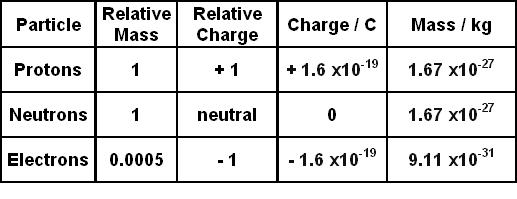
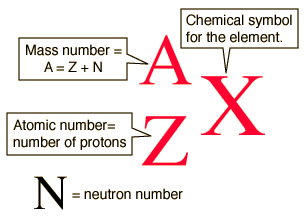





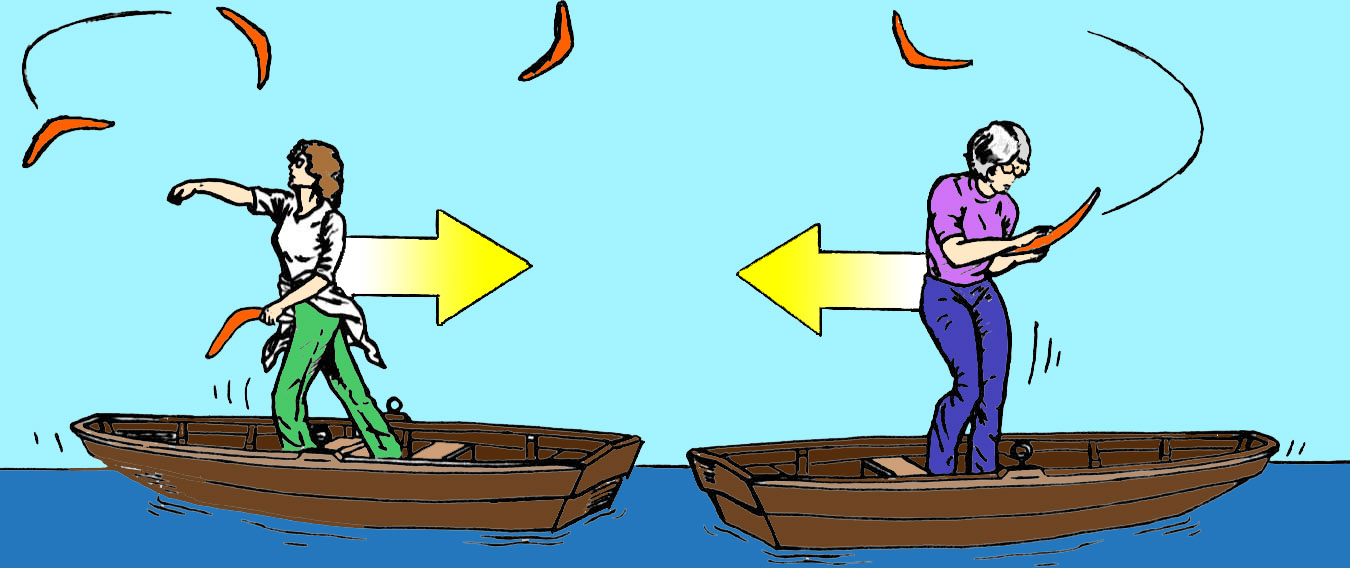


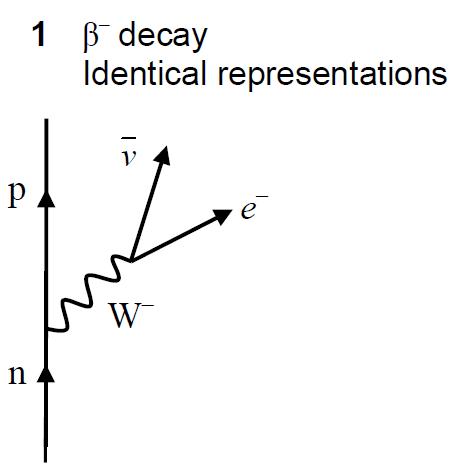



No comments:
Post a Comment